Football
Mike Gundy Has Changed His Recruiting Strategy More Than You Think
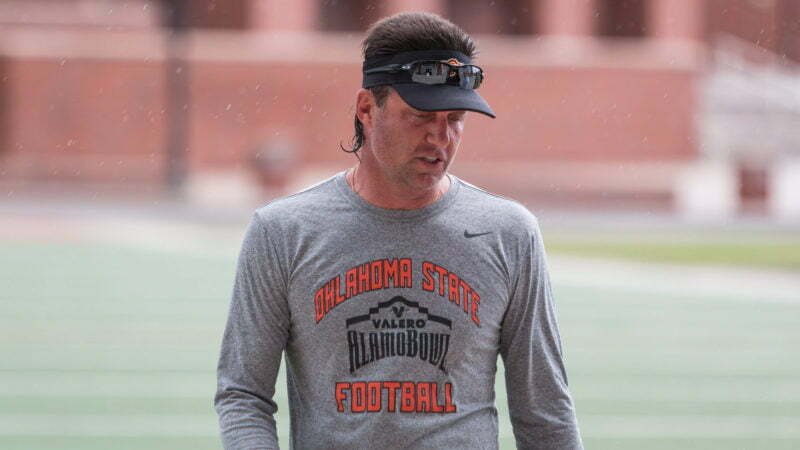
Mike Gundy has a reputation of someone who is set in his ways and not willing to adapt to the modern age. This is somewhat self-inflicted as he has certainly mentioned himself on many occasions how he isn’t someone who keeps up with technology. Although that may be true, it doesn’t impact his decision making.
Take a minute to consider the changes he has made that have made him a great coach, starting with firing himself as offensive coordinator and fully committing to the spread offense by hiring offensive coordinator Dana Holgorsen. It may seem like the spread offense has been embedded into the fabric in college football forever, but at that time it was still viewed as somewhat out of the ordinary.
In addition to that, he has been either the driving force or an early adopter of shifting practice schedules to more non-contact practices, leveraging sleep technology and using GPS data to analyze both practice and game habits.
Mike Gundy may not be the most modern personality in the college football world, but there is nothing to support that he is unwilling to change the way he runs his football program.
Recruiting Perception
The reputation mentioned above is also associated with his recruiting efforts, unwillingness to change his recruiting strategy of going after the “diamond in the rough” recruits and not even trying to land highly-recruited players.
This perception might be because of the lack of success in consistently landing early impact caliber players, which I think is completely reasonable. Gundy has raised the bar on expectations because of success he has had on the field, and naturally the bar will be raised across the entire program. Being able to execute on signing early impact players needs to be a huge focus of the staff, and they’ve fallen flat recently, although I will save that discussion for another time.
Mainly, I want to focus on the changes and emphasis Gundy has put into their process. Quietly, over the past two years, Gundy has made several strategic moves to boost Oklahoma State recruiting.
Changes in staff
1. Greg Adkins (OL Coach) is fired – Feb 2017. This is important for a few reasons. The first being Greg Adkins did a reasonably good job as OL coach at Oklahoma State. He took over a run game that was driven into the ground by Bob Connelly, and in two years on staff turned the run game into a strength. The numbers below are a strong improvement.
| Yards Rushing | Yards/Carry | Touchdowns | |
|---|---|---|---|
| 2014 | 1,776 | 3.5 | 18 |
| 2016 | 2,221 | 4.5 | 32 |
But Adkins failed to sign one high school offensive lineman for the 2017 class, and lost former OSU commitments Adrian Wolford (Texas A&M), Dan Moore (Texas A&M), and Derek Kersetter (Texas) to other schools. Bottom line, he was fired because he didn’t recruit up to standards.
2. Josh Henson (OL Coach) is hired – Feb 2017. This was pretty much a no-brainer, as Henson had the pedigree and the program ties. But it’s important to note that Henson was well known for his recruiting ability, going all the way back to his days at LSU during the Les Miles era where he was named a top 25 recruiter by Rivals.com twice. Not only did he check all the boxes from a pure coaching perspective, but he was able to fill a massive need from Day 1.
NOTE: Henson signed five high school offensive lineman in the 2018 class, a group that could easily end up being the foundation of the offensive line in 1-2 years.
3. Patsy Armstrong is hired (Director of On-Campus Recruiting) – Feb 2018. Veteran recruiting administrator from San Diego State was hired to OSU specifically to work on organizing official visit weekends, and other recruiting-specific events on campus. Adjusting to make sure recruiting visits are run smoothly is evolving into a significant factor in regards to prospect decisions.
4. Johnny Barr shifts to fundraising – Feb 2018. This was a new role created specifically for fundraising to fund recruiting efforts. Barr will be running with Extreme Camp and raising money for private aviation for recruiting trips. Having access to private planes is a game changer in terms of recruiting outside of regional areas, in addition to visiting more prospects per day. Barr was replaced as Director of Recruiting by Mike Groce.
5. Greg Richmond (Assistant DL Coach) is hired – Feb 2018. With the NCAA ruling to add a 10th full time assistant, Gundy could have gone in a lot of different directions here. Some wanted a full time special teams coach, also hiring Brian Van Gorder (who was already an OSU analyst) as a full time defensive assistant was an option as well.
Ultimately, Gundy ended up hiring Greg Richmond, former OSU defensive end standout in early 2000s. The first thing notated about him from his previous head coach is how he will be an outstanding recruiter. He was also hired strategically in an area where OSU lacked talent for years.
NOTE: Since Richmond was hired, OSU has received four verbal commitments from defensive lineman in the 2019 class, although only one of those commits is ranked inside the Texas Top 100.
6. Gundy hires Recruiting Analysts – March 2018. Gundy flirted with Tennessee at the end of the 2017 regular season, and ultimately signed a new contract extension. Part of this deal was most likely to be able to get additional funding to hire new staff and various other resources, which all seemed to have a recruiting focus. These analysts are focused on recruiting exclusively, to take load off of the positional coaches on initial player evaluations and other administrative duties. It isn’t clear how many analysts were hired, but it appears that the entire staff has grown to 32. You can read about those changes here in this piece by Jason Elmquist from the Stillwater News Press.
Changes in strategy – shoot your shot!
One of the biggest complaints from media and the fan base is that Mike Gundy doesn’t target enough highly-recruited athletes, and is unwilling to change. While it may be the case that he still doesn’t target enough 4- or 5-star caliber athletes, the claim that he is unwilling to change isn’t true. You can see below a 20-plus percent increase in offers being extended to these types of prospects.
Here are offers extended by Oklahoma State in the last five full recruiting cycles to 4- and 5-star athletes (based off of 247 composite data).
2014 – 50 offers to 4/5 star
2015 – 53 offers to 4/5 star
2016 – 55 offers to 4/5 star
2017 – 63 offers to 4/5 star
2018 – 60 offers to 4/5 star
There is a pretty clear trend to target more 4/5 star prospects. Although Oklahoma State is trending in the right direction here in terms of going after more of these players, they still fall behind teams like Oklahoma and Texas A&M in not only offers to 4- and 5-star recruits, but also total offers extended.
This is where the additional staff and administrative help in recruiting will try and close this gap. The additional recruiting staff should be able to allow Gundy and his staff to cast a wider net — more staff, more player evaluations, more opportunities. To catch up to the competition the target needs to be extending 25 percent more total offers, and continue to expand recruiting on 4- and 5-star talent. It’s apparent that Mike Gundy knows this and he is building his team accordingly.
Summary
Mike Gundy and his coaching staff haven’t executed at a high level in terms of landing five-plus early impact prospects in each recruiting cycle, which is what is needed to make this strategy work in my opinion. I would guess that the coaching staff knows this as well.
I think their overall strategy works, if executed properly. I know this might put me in the minority, which is fine.
However, there is a popular opinion that Mike Gundy is satisfied with the level his program is at, and unwilling to make the sacrifices and changes to compete at a higher level through more effective recruiting. I don’t buy that at all.

-
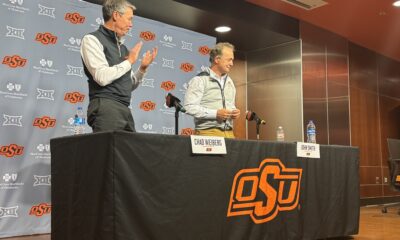
 Wrestling4 days ago
Wrestling4 days agoThe Top 5 Quotes from John Smith’s Retirement News Conference
-
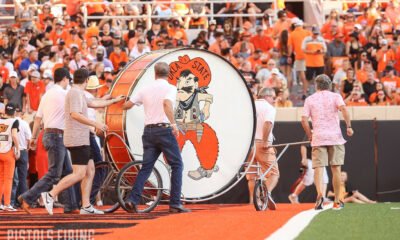
 Football5 days ago
Football5 days agoWide Receiver Prospect Kameron Powell Commits to Oklahoma State
-
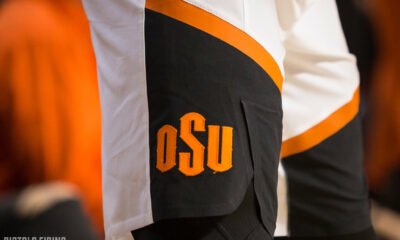
 Hoops5 days ago
Hoops5 days agoReport: Former Arkansas Guard Davonte Davis to Visit Oklahoma State
-
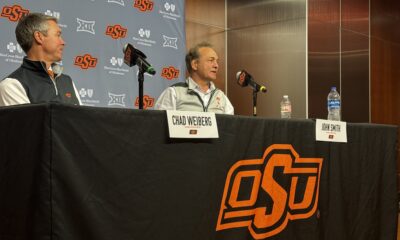
 Wrestling4 days ago
Wrestling4 days agoOSU Wrestling: The Impact John Smith Had on His Final Boss, Chad Weiberg





